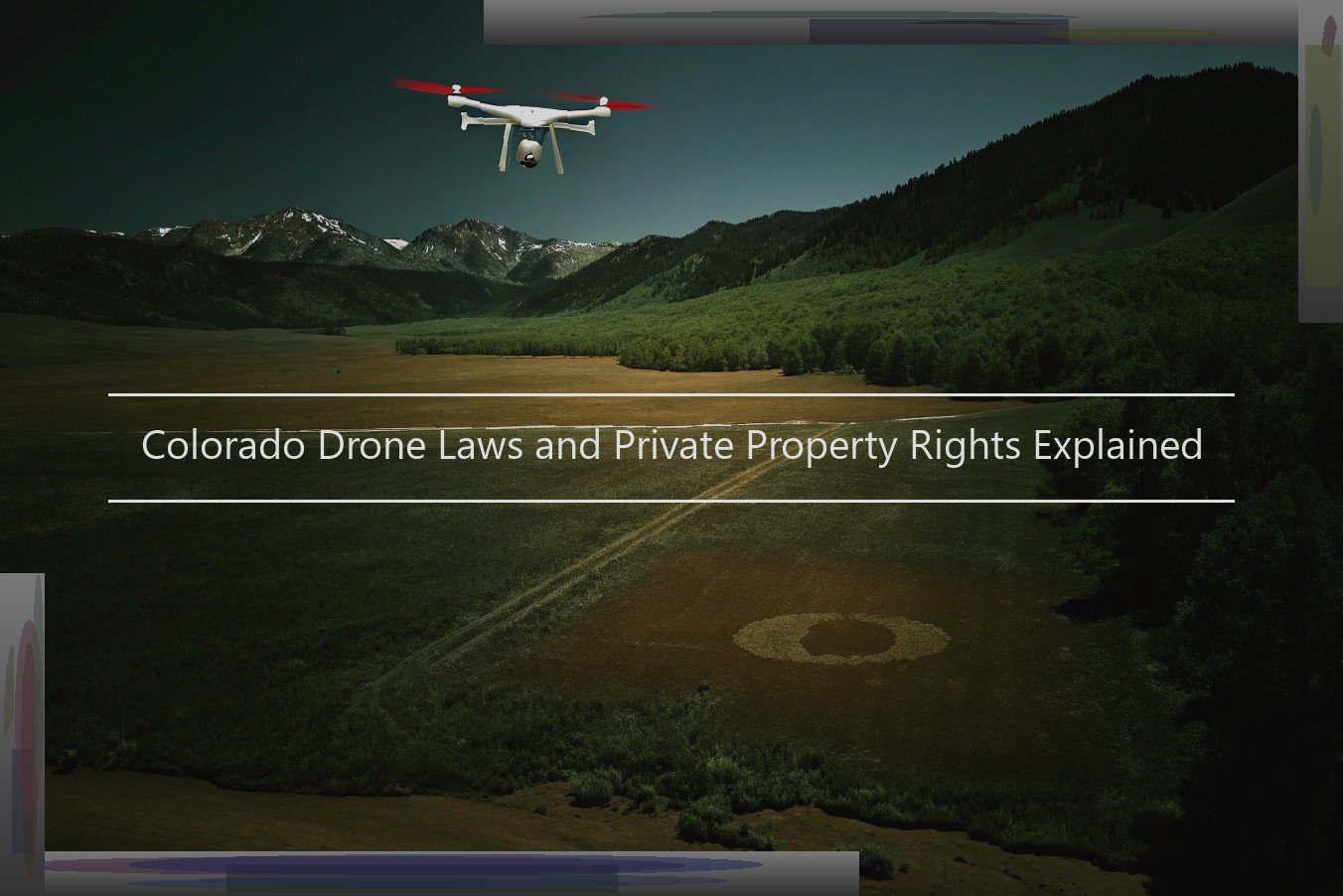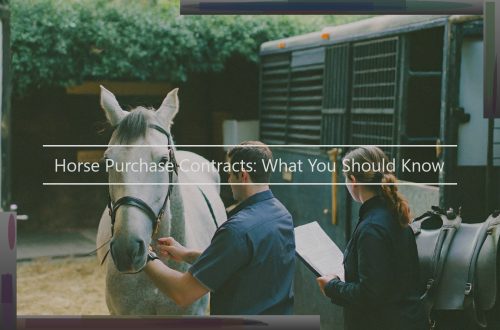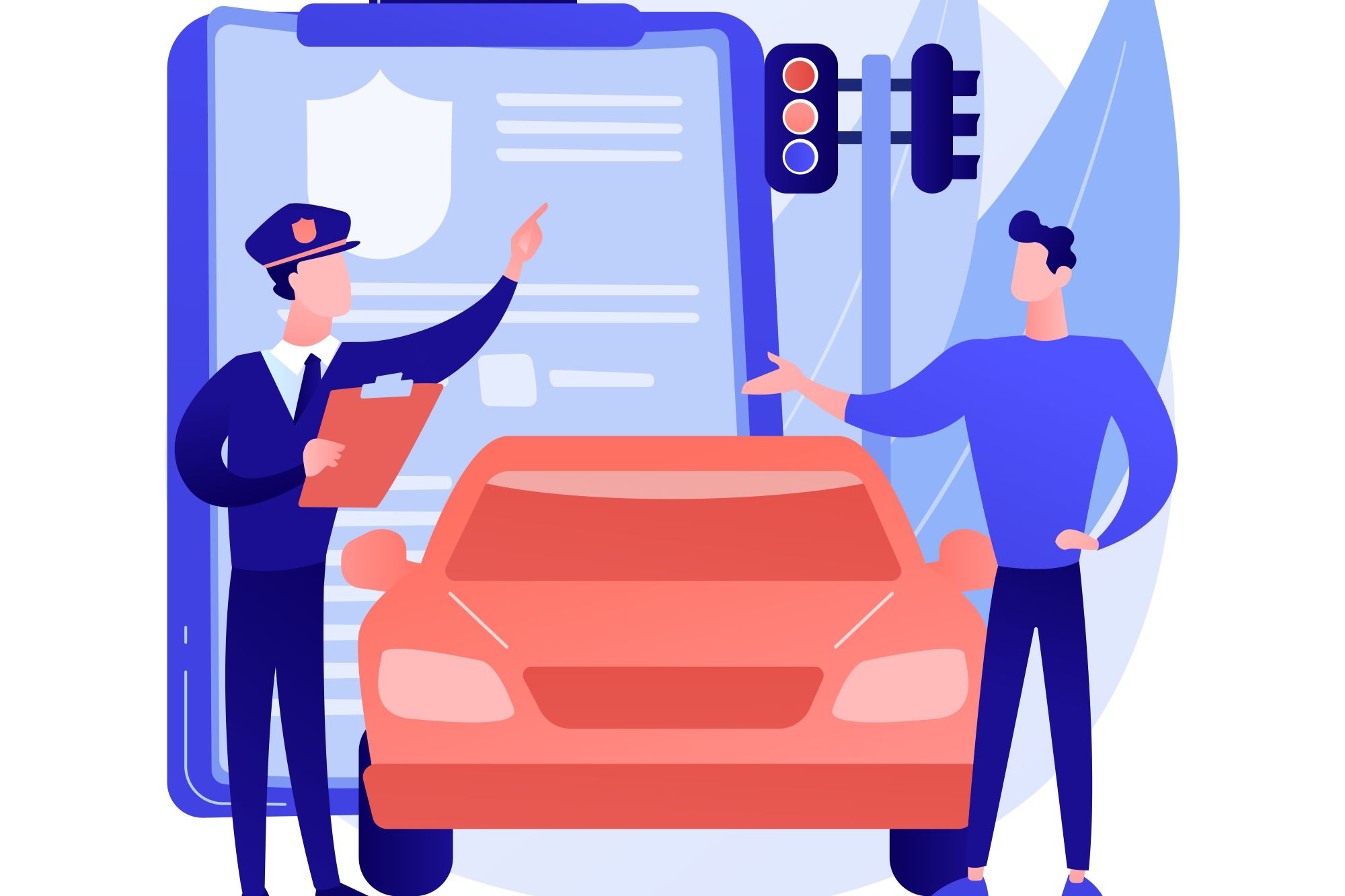Colorado Drone Laws and Private Property Rights Explained
Drone Laws in Colorado – An Introduction
Colorado drone laws are structured by state statute, but are also influenced heavily by the federal laws set forth by the Federal Aviation Administration (FAA). Colorado thus maintains a relatively straightforward framework for drone owners looking to identify their legal restrictions when flying a drone for recreational or commercial purposes. First, Colorado law makes it clear that operators of unmanned aircraft must always follow all relevant FAA regulations. The FAA is responsible for regulating all air traffic in U.S. airspace , and as such it is ultimately the responsibility of the drone operator to ensure that he or she has taken time to understand all applicable federal regulations—and that the drone is being flown in compliance. Operators would be wise to approach informed drone flight as a twofold obligation to both the FAA and their state’s laws. Whether operated from a device or written in the state laws themselves, Colorado drone regulations are helpful for both recreational and commercial in drone operators in understanding both what they can do with a drone and where they are permitted to use it. As is the case in most other states, the general framework of Colorado drone laws consists of defining what "drone" means, where drone flight is restricted and where it is permitted, and how far a drone can be flown if an operator is taking off or landing.

Airspace and Private Property Rights
Private property rights extend from the surface of the land, to the sky above, and all the way to the center of the earth beneath. You have the right to do what you like with your land, in accordance with any laws or municipal ordinances that may apply. Because there are state and local laws in many cases, the extent of the right to ownership and use of airspace and surface space is regulated differently by different jurisdictions. For those who have a stake in the outcomes of aerial trespass cases, the best approach is to observe how successive courts have handled similar cases, and not to apply one set of laws or precedents to another scenario, before adequate precedent exists.
Colorado’s statutory law addresses this issue in C.R.S. § 38-7-101 which states, "[t]he right of possession of land extends to the percolating waters and the spaces above the same; but such right does not extend to any space of which usual and ordinary use has been made by others, or to any space necessary for the convenient enjoyment of that which lies above or below the ground so long as such use shall not interfere with or endanger the owners of the soil in the ordinary enjoyment of their property." This statute suggests that use of airspace that would otherwise amount to a trespass is allowed as long as the trespass does not interfere with the owner’s interests. In other words, if a person uses airspace directly above another person’s property and the movement is for vertical access and not horizontal access, then the movement is not a trespass.
The term interfere is largely undefined under Colorado law. A few attempts to define interfere will be examined in a future post.
Drones over Private Property – Important Legal Concepts
Legal Boundaries for Drones over Private Property in Colorado
There are two very broad rules when it comes to the legality of drones flying over private property: Don’t trespass and don’t interfere with other people’s reasonable use and enjoyment of their property. However, the nuances of these two legal concepts on private property are still being worked out, especially versus the federal government’s claims to near-blanket legal authority over the skies. Takeaway: A person flying a drone at a reasonable altitude over your yard is more than likely not trespassing to hit the edge of that which is below, nor is he invading your privacy to listen in on your conversations or spying with a camera.
The law of trespass arose early common law as a remedy for wrongfully disrupting someone’s property in some way. The term "trespass" comes from the Latin trāns ("across") and passare ("to pass"); applied to whatever matter has crossed the boundary of someone’s property without permission. To be liable for trespass, generally, there must be some form of physical intrusion. The entry need not be caused by the defendant (it can be caused by a third party or even an an animal). However, trespass without intent to enter the land does not constitute a trespass under common law, unless a person has otherwise given permission for an animal or other object to do so. Because this tort is based on the strict liability of an interloper regardless of the absence of subjective intent, some jurisdictions also recognize defenses of license. The Restatement (Second) of Torts 1968 recognizes the following as a license to the interloper:
Takeaway: Drones that are observed violating your personal space in the backyard may be subject to this defense.
Another defense to trespass is "public necessity." Even if you own your backyard, the government still has some rights to enter it to mitigate an emergency or a danger posed by a trespasser. This is known as an "implied license," and would override the defenses above if an officer or other person acting on behalf of the government determines that such an emergency necessitates his presence to mitigate the danger posed by the trespasser, such as an "unmanned aircraft" interest that poses a hazard to the airspace.
Finally, one other defense to trespass even on private property are "adiacent" or "accessory structures." As an eminent domain term, an accessory structure is any man-made object that naturally exists above or below the earth’s surface, temporally or permanently affixed to the soil, that is incapable of being removed without removing the substrates from which it is closely and intimately linked.
Takeaway: Unmanned aircraft systems (UAS) or "drones" are clearly designed and intended to be portable; thus, they are not "accessory structures" and are not protected under this legal scheme.
Colorado has statutes that make this more difficult, primarily by saying that no activities on larger pieces of land (i.e. ranches and farmland) will constitute a "taking" of those lands simply for flying a UAS over them, as long as the "taking" is not due to the UAS taking photographs, video, or other visual or audio data, or if the UAS is equipped with any chemical or biological weapon. Any damages caused to the property by biological or chemical weapons are not covered by Colorado or federal law, unless caused directly by the UAS owner or operator – in which case you can use existing tort suits like trespass and nuisance against the UAS owner/operator.
Possible Legal Penalties for Trespassing Drones
As with many criminal offenses, drone trespass and property damage can be both criminal and civil matters. When a drone flies over your property, either taking videos or simply flying above the area, it is in violation of private property laws to a certain degree. A drone violates property laws in the following situations:
- Flying inside a residential property (this type of intrusion is most frequently an issue with neighbors of homeowners );
- Failing to obtain permission from the property owner before flying over commercial property (this type of intrusion most frequently occurs between businesses, particularly if a business is a competitor of the property owner, or the business is on foreign soil);
- Taking photos or video footage of private property while in the air (this type of intrusion occurs either when a property is being surveillanced by a drone , or when a useful video or picture could be obtained to further a researcher’s ends).
Take the first situation as an example. In this case, drone users are trespassing on private property. The penalty for trespassing in Colorado is an ordinance or penalty of $50 to $100 for the first offense (a misdemeanor, although it is a violation of municipal law) and $500 to $1,000 for subsequent offenses (again, a misdemeanor, although it is a violation of municipal law). In Denver county, misdemeanors are prosecuted by the city attorneys – not the district attorneys. Fines are set by municipal ordinance. In general, violations of municipal law are civil matters. This means they can be taken up in small claims court. Damages can be awarded up to $7,500 in these cases. There is no jury trial involved. A magistrate hears the evidence and makes a decision. However, this is only for small claims case. Trespassing is generally pursued through a restraining order.
Local Ordinances and Regulations
When weather permits, you can fly your drone pretty much anywhere in Colorado, right? That depends on where you are. All across the state, municipalities have their own restrictions on where drones can fly. For example, maybe there’s a local airport that’s taxing your aircraft chronically bringing you into the union halls of sleepy towns. Perhaps city ordinances ban recreational flight on all town-owned property? While Denver Municipal Code doesn’t have any specific flying bans, local businesses and parks districts do, meaning that every city block and mountain park could be off limits for your next drone view of the Rockies. Municipal ordinances across the state include: Local ordinances are applied by municipal officials, including individuals in safety, parks or airport operations departments, not licensing or enforcement officers. As such, advocates need to remember that local government staffers are often more than willing to meet in order to clarify conflicting ordinances or discuss the scope of their bans.
Helpful Guide for Drones to Respect Privacy
Operators should explicitly be mindful of privacy issues related to flying a drone on, over or near private property. When you fly your drone near someone’s home without their permission, you are likely to raise privacy concerns. Aside from the legal risks involved, this can lead to strained neighbor relations.
- Resist temptation to fly above scenes that you know are of interest or use to your neighbors. This may include their garden, backyard, construction plans or other home/work improvements under development, pet scenes, backyard parties, etc. Yes, they may be of personal interest to you, but not to the extent you would risk privacy objections from them, not to mention privacy rights of any guests they have over.
- Refuse to accept or stay with a job that is requesting you to shoot inside the homes of others – without first getting every resident’s consent. We all know what goes on inside our homes, and we also know what happens if someone secretly snaps photos or video inside.
- If you’re flying one of the smaller drones that isn’t equipped with sophisticated technology for adjusting the camera lens up and down, left and right, avoid focusing directly on the side windows of adjacent houses. In fact, do your best to avoid focusing directly on the glass side windows of the target building itself. If you suspect an individual has a direct line of sight to your camera, simply pull the drone up, move away and adjust the angle of the camera lens to avoid an accidental intrusion into someone’s view in his/her adjacent home.
- Be weary of privacy issues arising around public places where individuals are present, such as parks, shopping areas, apartment complexes, etc . If you’re shooting a scene down from a distance and miss a car that happens to be driving through the scene with people inside, you may find yourself embroiled in a privacy complaint if the footage is getting too close and personal. The solution is to be a courteous operator. Make sure your line of sight to the drone is not distracted by something else that’s going on in proximity to the drone. You need to keep your eyes on the shots you are taking.
- You are not a news crew. Privacy complaints are received by law enforcement whenever someone is standing out in public, holding a camera that’s seemingly being pointed up at the windows of a home. If you’re shooting scenes from a public area, don’t write off those concerns as paranoid. Many people are conscious and care about these issues, so there’s no reason to argue with them. If you’re pointed at their window, back up your drone slowly, tell them you are working in the area, and remind them that a drone – like any other camera – is capable of capturing footage from anywhere.
- Don’t take drones to fraternities, sororities, bars, strip joints and clubs. We are firm believers in separating the personal from the business. No one likes it when you bring your work to their party. It’s just inappropriate. Amusement parks, water parks and malls are also buzzing with lots of people and you never know who is going to be around with whom on any given day. This is not the environment where you want to take your drone to work.
- If operating in an area where many people are moving around, turn the lights off your drone once you have it secured in position so that you aren’t lighting up the unfortunate unintended target of your drone’s beam.




